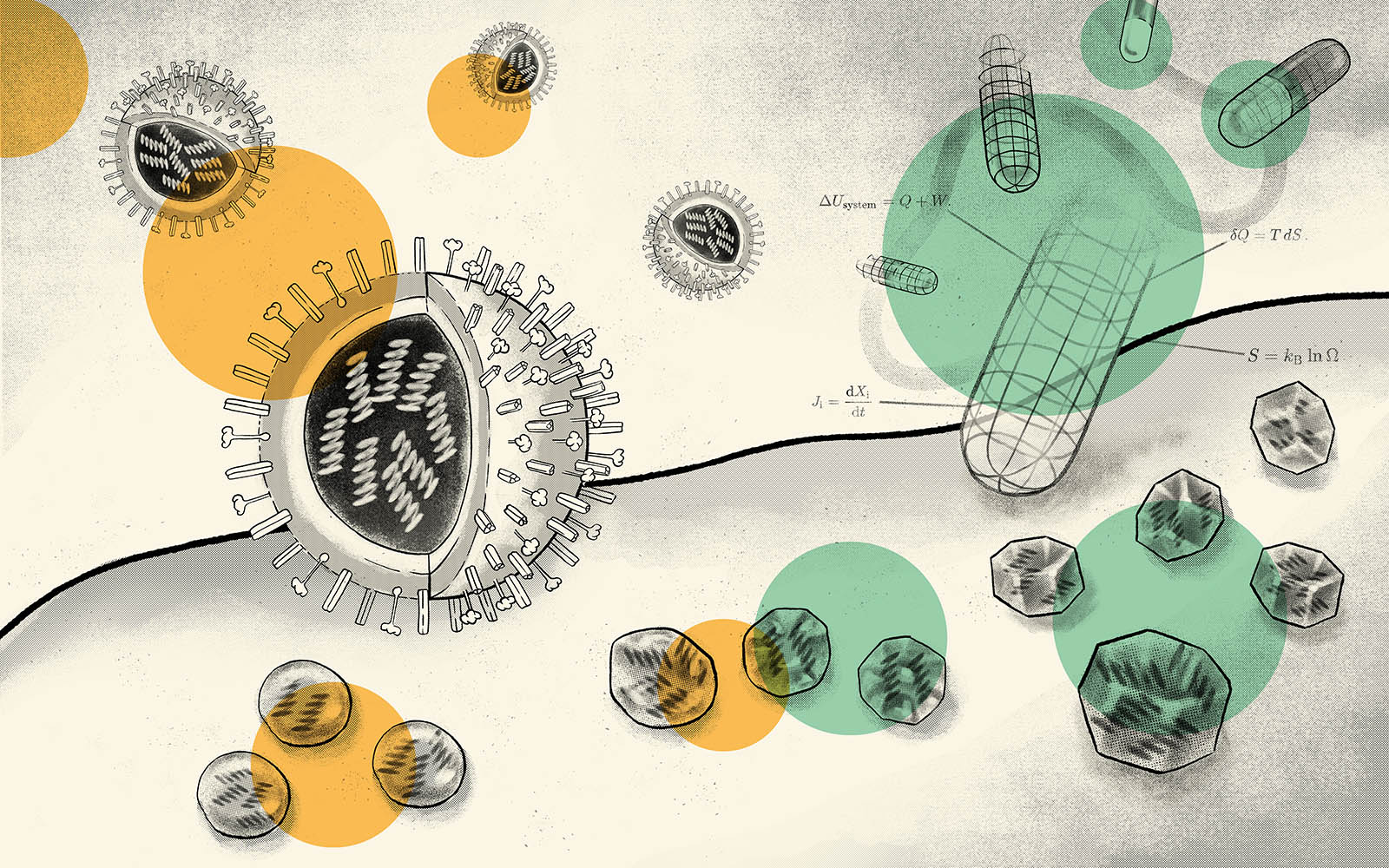Researchers sabotage the flu virus’ “assembly factories”

The new study, led by Gulbenkian researchers and published in eLife, describes how we can interfere with the assembly of the influenza A virus’ genome to control the flu. The finding lays the foundations for innovative antiviral therapies against seasonal influenza, as well as infections that develop similarly. Examples include COVID-19, Ebola, mumps, measles, and respiratory syncytial virus infections.
Despite current surveillance and vaccination strategies, the influenza A virus continues to kill up to 600 thousand people yearly. Understanding what this virus needs to multiply inside our bodies is essential to define new strategies to fight infection. To win a battle, we must know our enemy.
After entering our cells, viruses take advantage of their machinery to multiply. This task is particularly complex for the influenza A virus, given that its genome has eight different segments that must assemble in a single complex. The group Maria João Amorim leads at the Instituto Gulbenkian de Ciência (IGC) and the Católica Biomedical Research Centre (CBR) was the first to propose, in a previous study, that this virus assembles its genome in cell compartments that they called “viral inclusions”. To fulfill their purpose, these inclusions need to be liquid.
Now, the researchers realized that it is possible to alter the properties of these viral inclusions to limit infection. “We studied how these structures behave when exposed to changes in temperature or interactions, for instance”, Temitope Etibor, PhD student at the IGC and first author of the study, explains. “These alterations make viral inclusions stiffer, affecting their behavior”, he adds. This liquid-to-solid transition compromised viral infection in both cells and mice lungs.
“This study provides a starting point for understanding how to attack a completely different target in viral infections”, the principal investigator Maria João Amorim remarks. The results speak for themselves: the best way to harden these inclusions is to increase the number and strength of interactions among the viral genome segments inside. If we want to sabotage these virus’ “assembly factories” and limit infection, we should focus on developing molecules with this effect. Another point in favor of this strategy is that it does not have toxic effects on the host.
Manipulating the properties of these compartments that concentrate important molecules and carry out specialized functions inside cells is a promising strategy to treat infections, neurodegenerative diseases, and cancer. Thus, these new data could be the piece that was missing to start a new era in disease treatment.
Read Paper